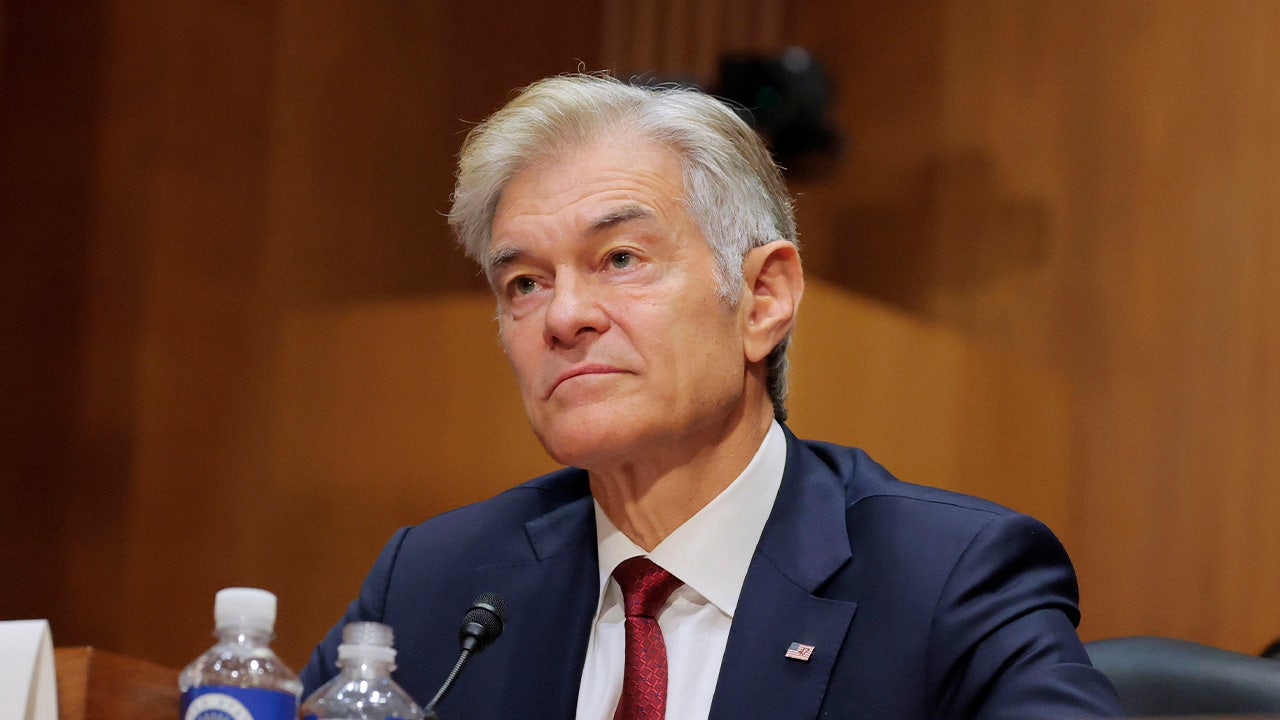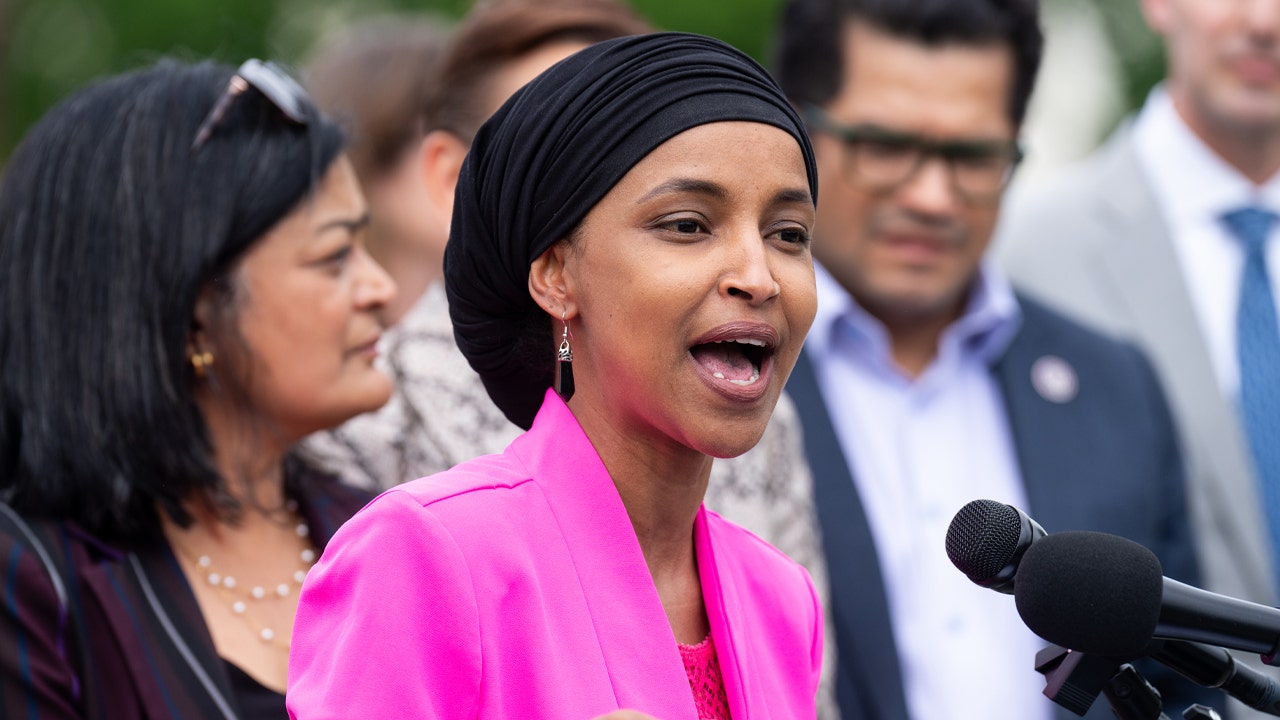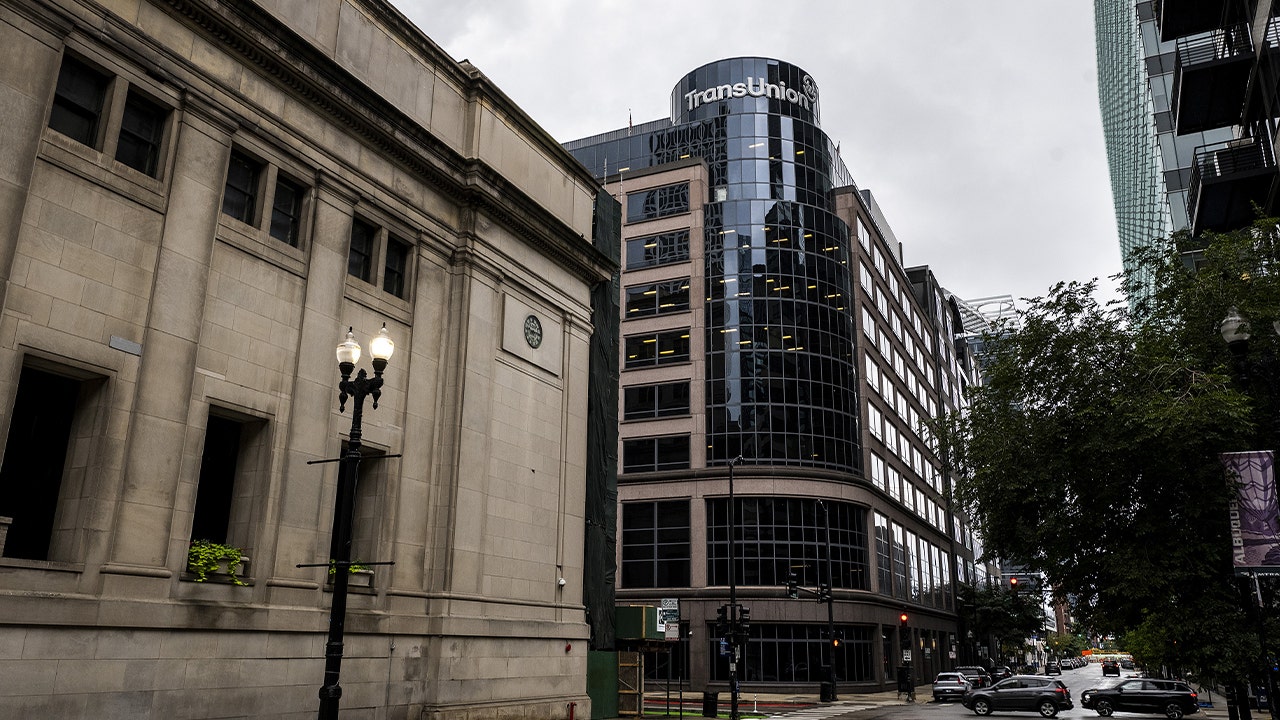Trump privatizing student loan system would spur higher-ed reform, lower costs: expert
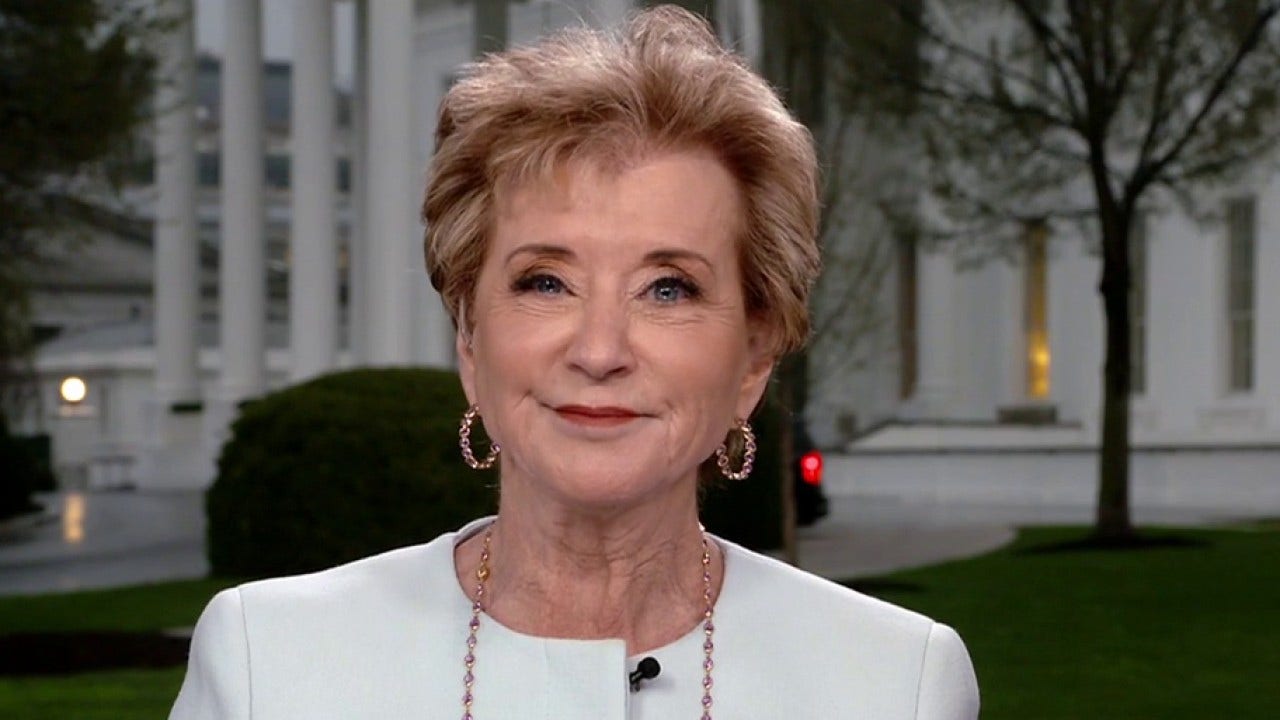
Since its establishment in 1979, the U.S. Department of Education (DOE) has shaped federal student loan policies, which have, in turn, influenced the rising cost of an education and the loans to pay for it. As President Donald Trump moves to significantly downsize, and eventually shutter, the DOE, one expert says a completely private loan system would work better than shifting administration to other government agencies.
“The Clinton administration introduced the direct loan program, so this was kind of the competitor to the quasi public-private system, where now the government was going to be the one issuing the loans, and both systems kind of coexisted for a couple years, until 2010, when we got Obamacare, and that basically used some of the paper profits from switching all the loans to government loans to help pay for Obamacare,” Cato Institute expert Andrew Gillen told Fox News Digital in an interview.
“And so, ever since 2010, we’ve been in the government-lending exclusively area,” he added.
CALIFORNIA UNDER INVESTIGATION BY TRUMP ADMIN FOR ALLEGEDLY HIDING ‘GENDER IDENTITY’ OF KIDS
Initially, after Trump signed an executive order in March dismantling the DOE, the administration proposed transferring the $1.6 trillion student loan portfolio to the Small Business Administration (SBA). However, recent developments indicate that the Treasury Department may assume responsibility for federal student loans.
The Trump administration is also proposing to transfer Pell Grants and Title I funding to other federal agencies, effectively reducing the department’s role in overseeing major educational programs.
“If we just transfer student loans to the Treasury and don’t change anything else about the system, I don’t think this would have any real impact,” Gillen said. “So, all of these loan terms are already set by Congress, and so simply changing the administrative home of who oversees the paperwork in the background, that’s not going to have any impact.”
The current system encourages “bad investments” by funding students or education without a realistic expectation of repayment, Gillen said. Instead, private lenders, who prioritize repayment risk, would likely avoid financing such loans. He suggested that moving to a private system would provide better incentives for both colleges and students, as universities would face pressure to produce students who can repay their loans, and students would be more likely to choose fields that lead to successful careers.
NEWSOM’S ‘UNFAIR’ REMARK ON GIRLS’ SPORTS BELIES RECORD AS GOVERNOR: ‘ABSOLUTE BULLS—‘
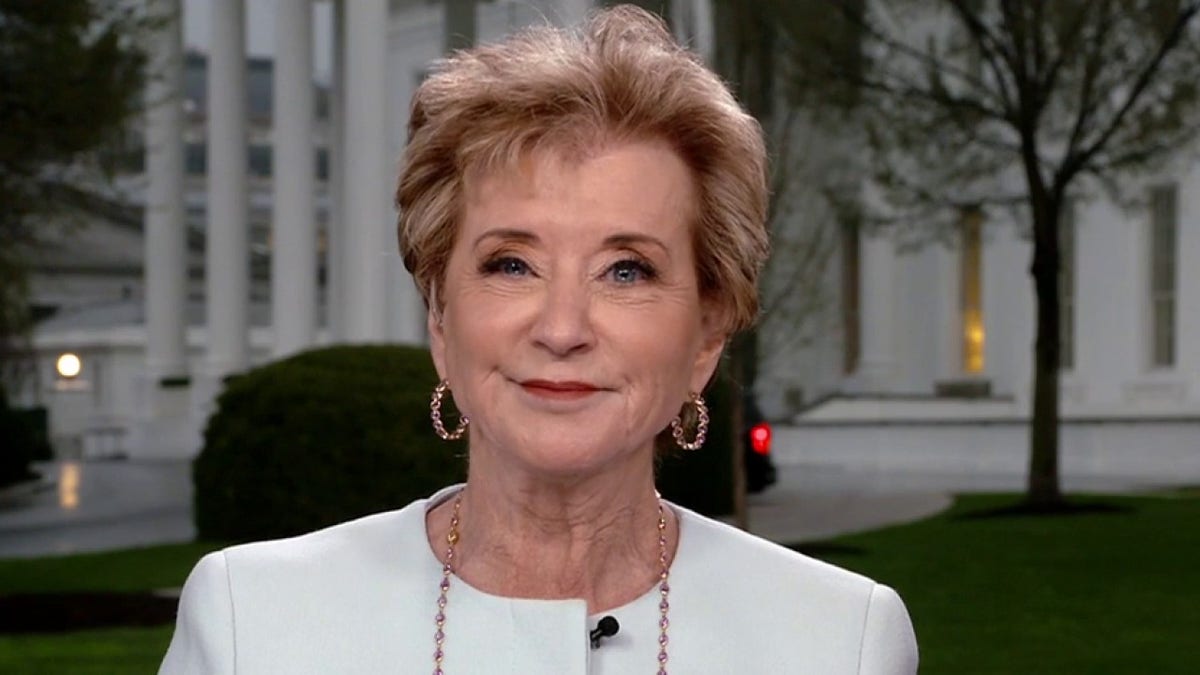
The government has made it difficult to discharge student loans through bankruptcy, Gillen added, with only a few exceptions, but this rule doesn’t apply to private lenders.
“There are a couple of things we can do to encourage private lenders to basically be willing to make those loans. So, one is clarifying how bankruptcy law works with these income-driven loans,” he said.
Some lawmakers have made efforts to address this issue. Democratic Reps. Steve Cohen, Danny K. Davis, and Eric Swalwell reintroduced the Private Student Loan Bankruptcy Fairness Act, seeking to make private student loans dischargeable in bankruptcy, similar to other types of consumer debt.
STUDENT LOANS, PELL GRANTS WILL CONTINUE DESPITE EDUCATION DEPARTMENT DOWNSIZING, EXPERT SAYS

Currently, the government can garnish wages without needing to go through a lawsuit, making the process more efficient and less costly, which would be beneficial for private lenders as well.
The 1990s saw the introduction of income-driven repayment plans, starting with the Income-Contingent Repayment (ICR) plan in 1994 under former President Bill Clinton. These plans allowed borrowers to repay loans based on their income, extending the loan term and increasing the total interest paid. While they provided immediate financial relief, they also led to higher long-term costs for some borrowers.
By fiscal year 2024, the DOE held approximately $1.6 trillion in student loan debt, issuing $85.7 billion in new loans, with $45.3 billion allocated for undergraduate education and $40.4 billion for graduate education.


